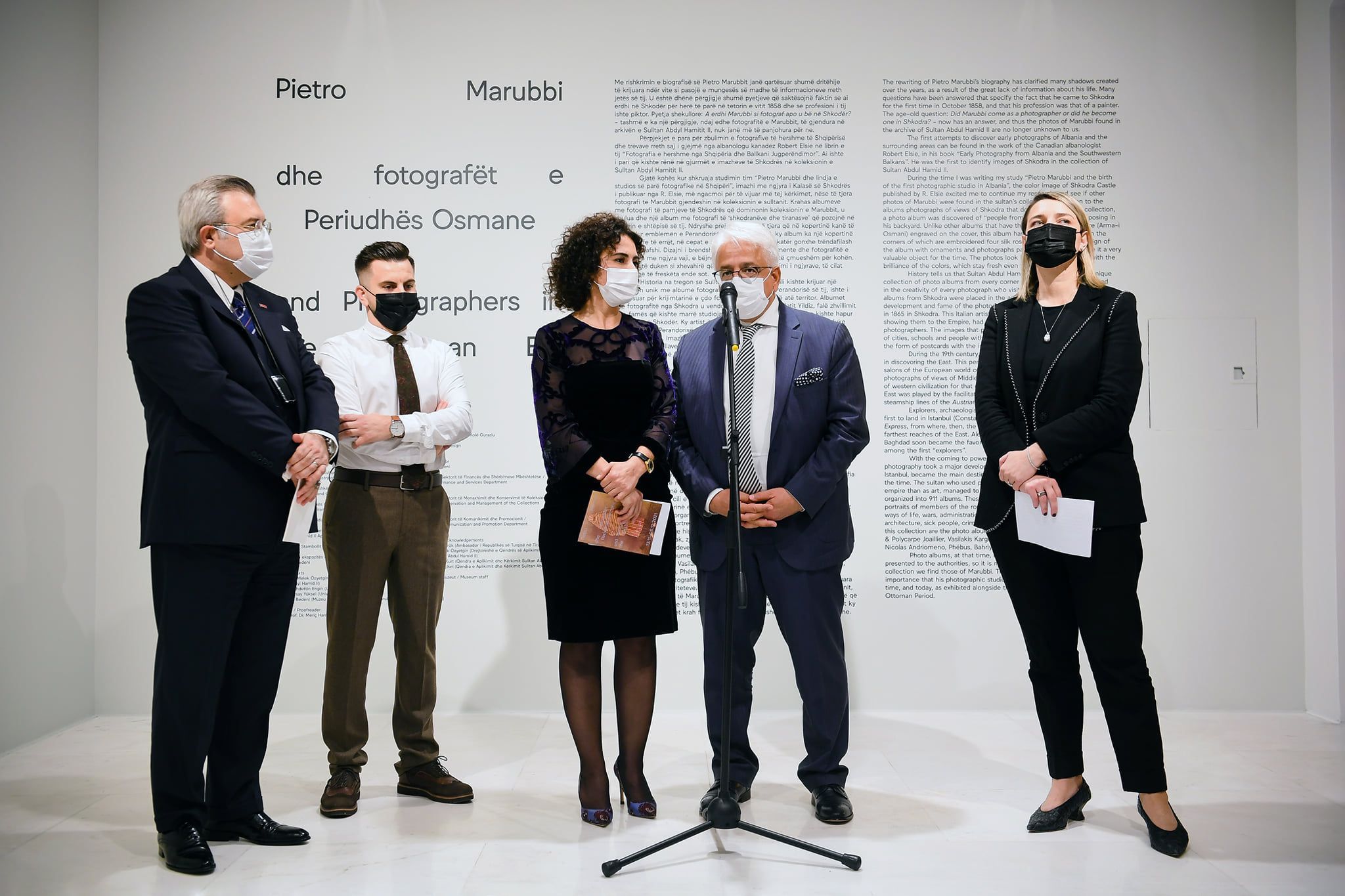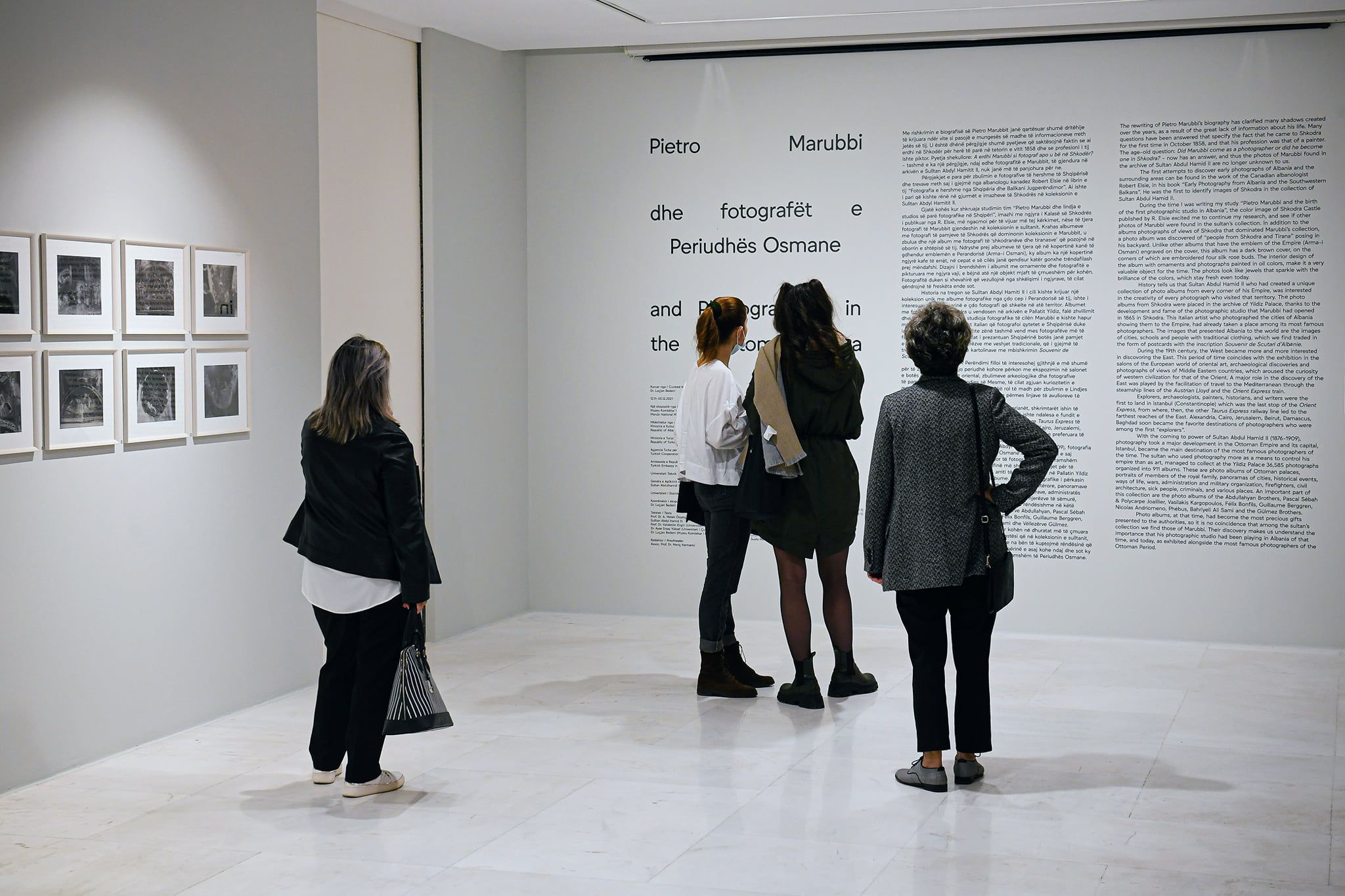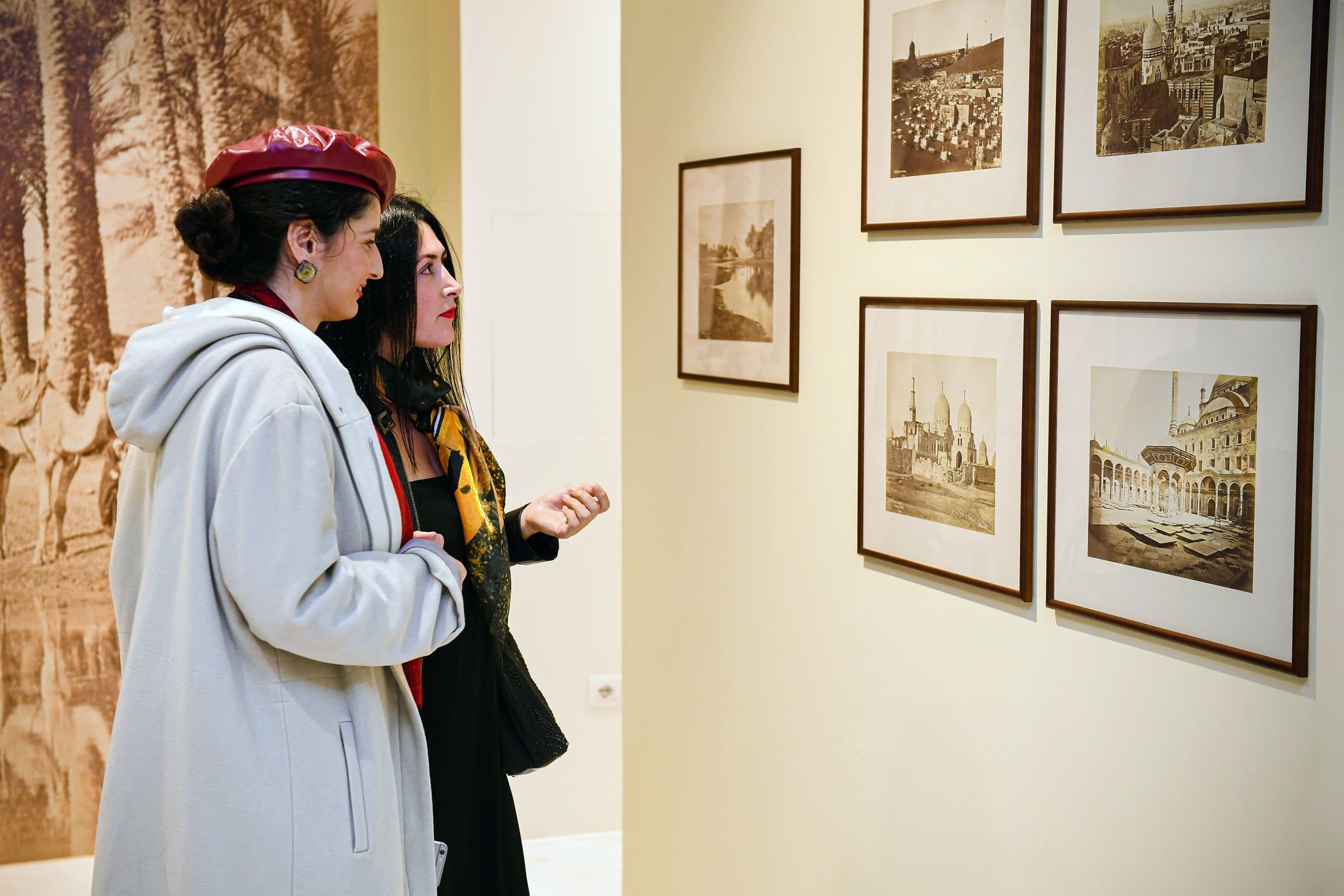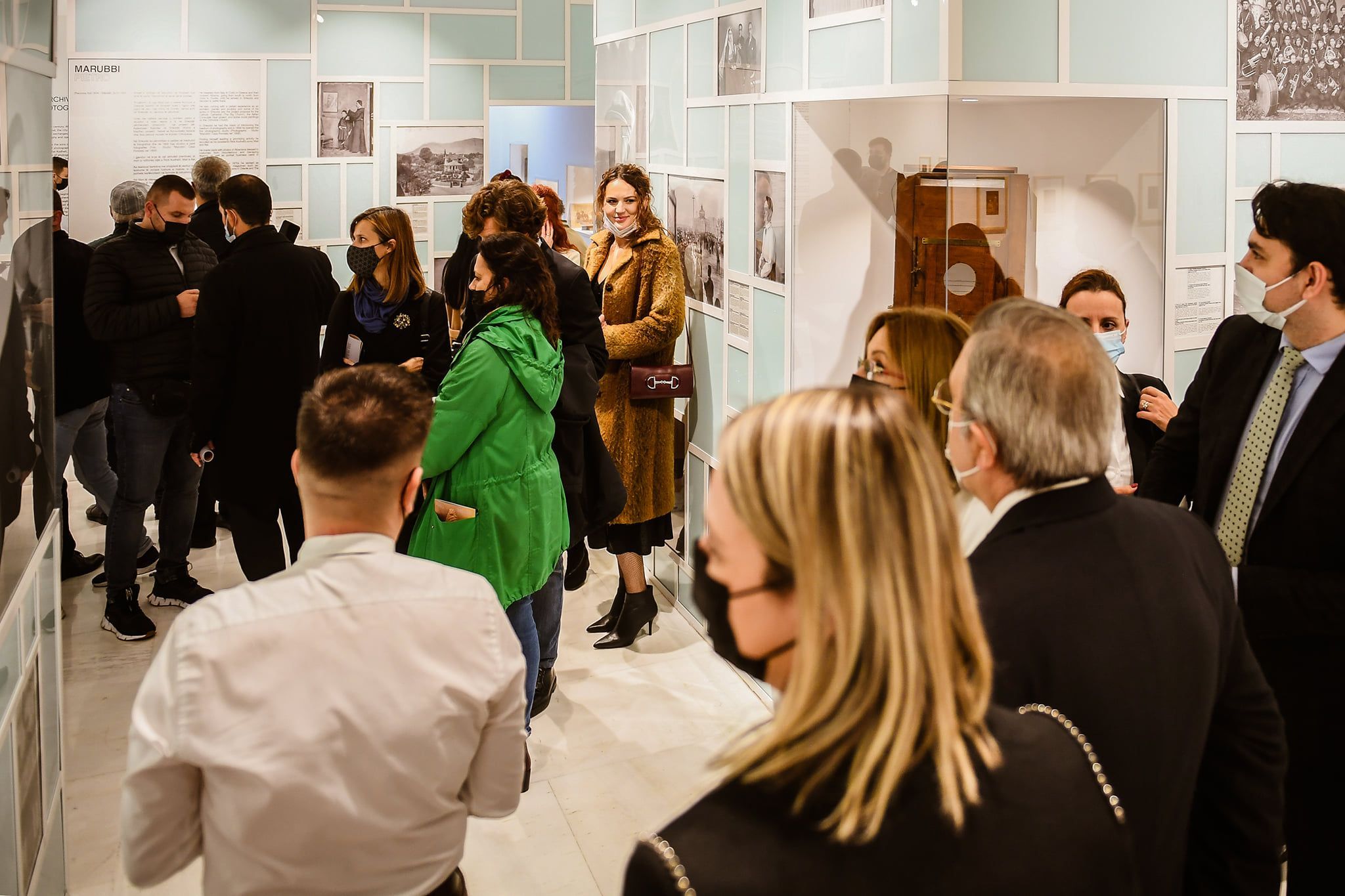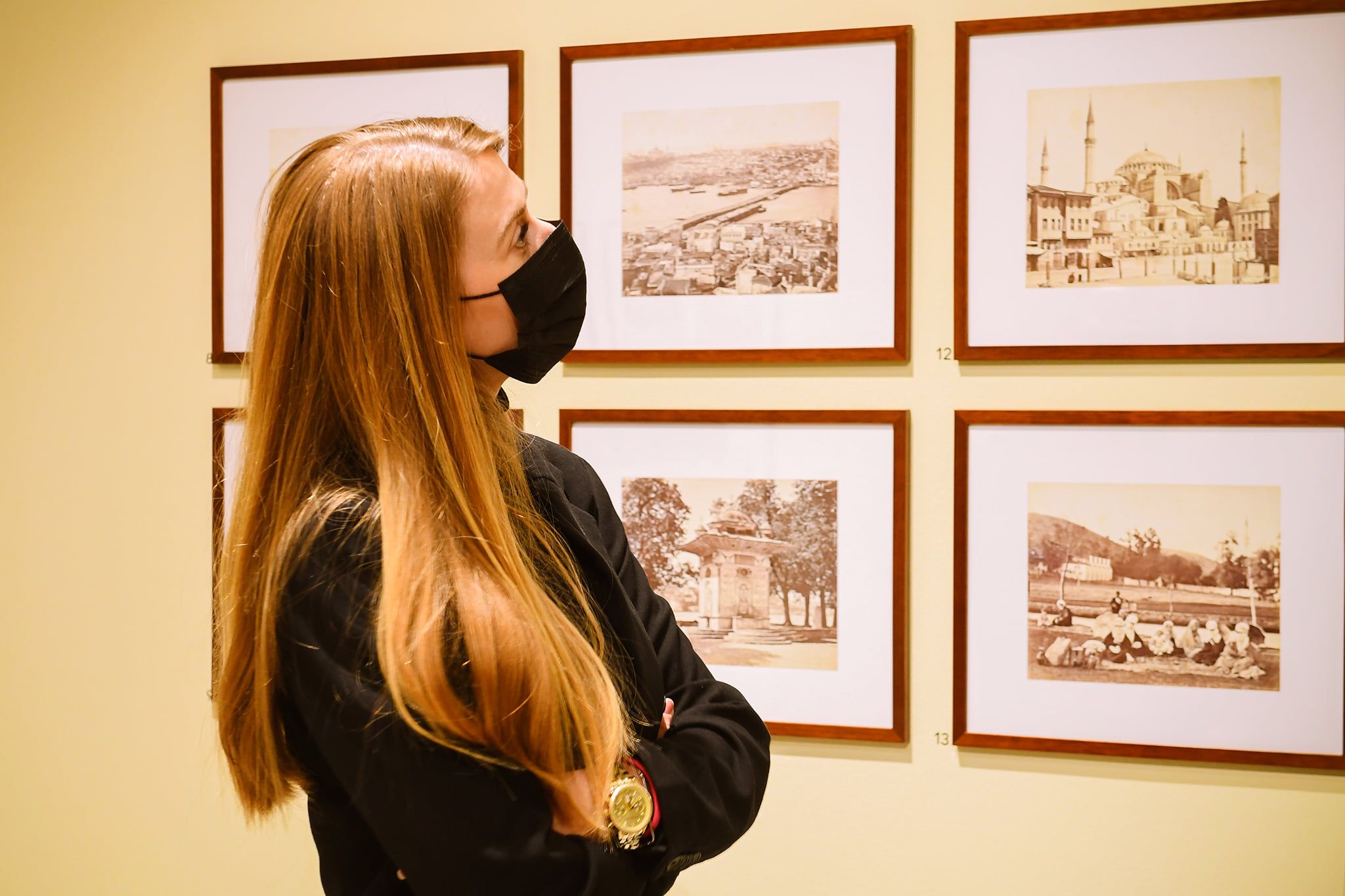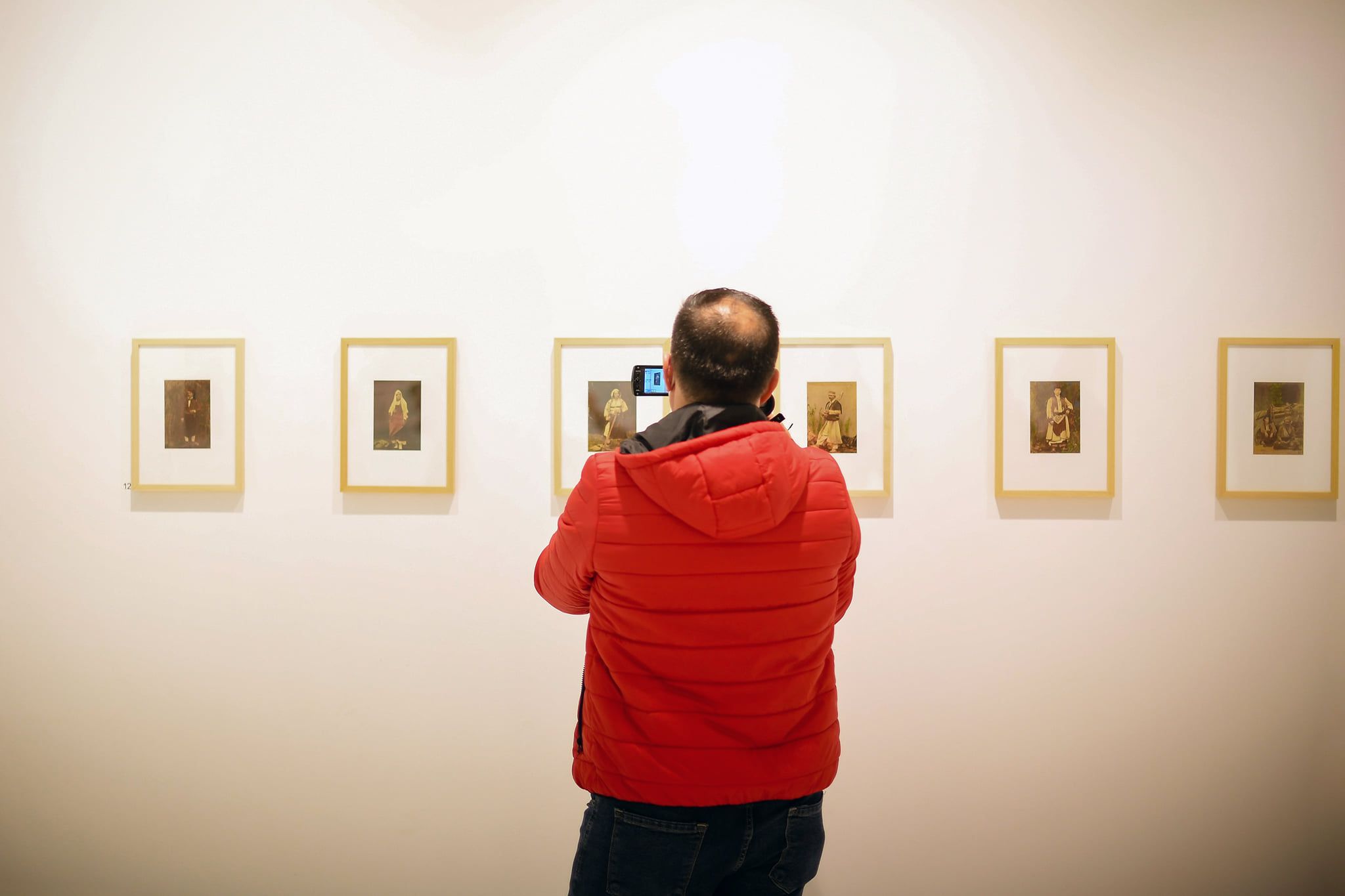Pietro Marubbi and the photographers in the Ottoman Era
–
The rewriting of Pietro Marubbi's biography has clarified many shadows created over the years, as a result of the great lack of information about his life. Many questions have been answered that specify the fact that he came to Shkodra for the first time in October 1858, and that his profession was that of a painter. The age-old question: Did Marubbi come as a photographer or did he become one in Shkodra? - now has an answer, and thus the photos of Marubbi found in the archive of Sultan Abdul Hamid II are no longer unknown to us.
The first attempts to discover early photographs of Albania and the surrounding areas can be found in the work of the Canadian albanologist Robert Elsie, in his book "Early Photography from Albania and the Southwestern Balkans". He was the first to identify images of Shkodra in the collection of Sultan Abdul Hamid II.
During the time I was writing my study "Pietro Marubbi and the birth of the first photographic studio in Albania", the color image of Shkodra Castle published by R. Elsie excited me to continue my research, and see if other photos of Marubbi were found in the sultan's collection. In addition to the albums photographs of views of Shkodra that dominated Marubbi's collection, a photo album was discovered of “people from Shkodra and Tirana” posing in his backyard. Unlike other albums that have the emblem of the Empire (Arma-i Osmani) engraved on the cover, this album has a dark brown cover, on the corners of which are embroidered four silk rose buds. The interior design of the album with ornaments and photographs painted in oil colors, make it a very valuable object for the time. The photos look like jewels that sparkle with the brilliance of the colors, which stay fresh even today.
History tells us that Sultan Abdul Hamid II who had created a unique collection of photo albums from every corner of his Empire, was interested in the creativity of every photograph who visited that territory. The photo albums from Shkodra were placed in the archive of Yildiz Palace, thanks to the development and fame of the photographic studio that Marubbi had opened in 1865 in Shkodra. This Italian artist who photographed the cities of Albania showing them to the Empire, had already taken a place among its most famous photographers. The images that presented Albania to the world are the images of cities, schools and people with traditional clothing, which we find traded in the form of postcards with the inscription Souvenir de Scutari d'Albanie.
During the 19th century, the West became more and more interested in discovering the East. This period of time coincides with the exhibition in the salons of the European world of oriental art, archaeological discoveries and photographs of views of Middle Eastern countries, which aroused the curiosity of western civilization for that of the Orient. A major role in the discovery of the East was played by the facilitation of travel to the Mediterranean through the steamship lines of the Austrian Lloyd and the Orient Express train.
Explorers, archaeologists, painters, historians, and writers were the first to land in Istanbul (Constantinople) which was the last stop of the Orient Express, from where, then, the other Taurus Express railway line led to the farthest reaches of the East. Alexandria, Cairo, Jerusalem, Beirut, Damascus, Baghdad soon became the favorite destinations of photographers who were among the first "explorers".
With the coming to power of Sultan Abdul Hamid II (1876-1909), photography took a major development in the Ottoman Empire and its capital, Istanbul, became the main destination of the most famous photographers of the time. The sultan who used photography more as a means to control his empire than as art, managed to collect at the Yildiz Palace 36,585 photographs organized into 911 albums. These are photo albums of Ottoman palaces, portraits of members of the royal family, panoramas of cities, historical events, ways of life, wars, administration and military organization, firefighters, civil architecture, sick people, criminals, and various places. An important part of this collection are the photo albums of the Abdullahyan Brothers, Pascal Sébah & Polycarpe Joaillier, Vasilakis Kargopoulos, Félix Bonfils, Guillaume Berggren, Nicolas Andriomeno, Phébus, Bahriyeli Ali Sami and the Gülmez Brothers.
Photo albums, at that time, had become the most precious gifts presented to the authorities, so it is no coincidence that among the sultan's collection we find those of Marubbi. Their discovery makes us understand the importance that his photographic studio had been playing in Albania of that time, and today, as exhibited alongside the most famous photographers of the Ottoman Period.
Exhibition Credits
- Curated by
Luçjan Bedeni
- Supported by
Republic of Albania Ministry of Culture
Republic of Turkey Ministry of Culture and Tourism
Turkish Cooperation and Coordination Agency – TIKA
Turkish Embassy in Tirana
Yildiz Technical University
Sultan Abdulhamid II Application and Research Centre
Istanbul University - Texts
Prof. Dr. A. Melek Özyetgin
Prof. Dr. Vahdettin Engin
Dr. Ayse Ersay Yüksel
Dr. Luçjan Bedeni - Acknowledgements
Murat Ahmet Yörük
Prof. Dr. A. Melek Özyetgin
Lec. Elif Tugçe Kurt
Lec. Gökhan Açikel








